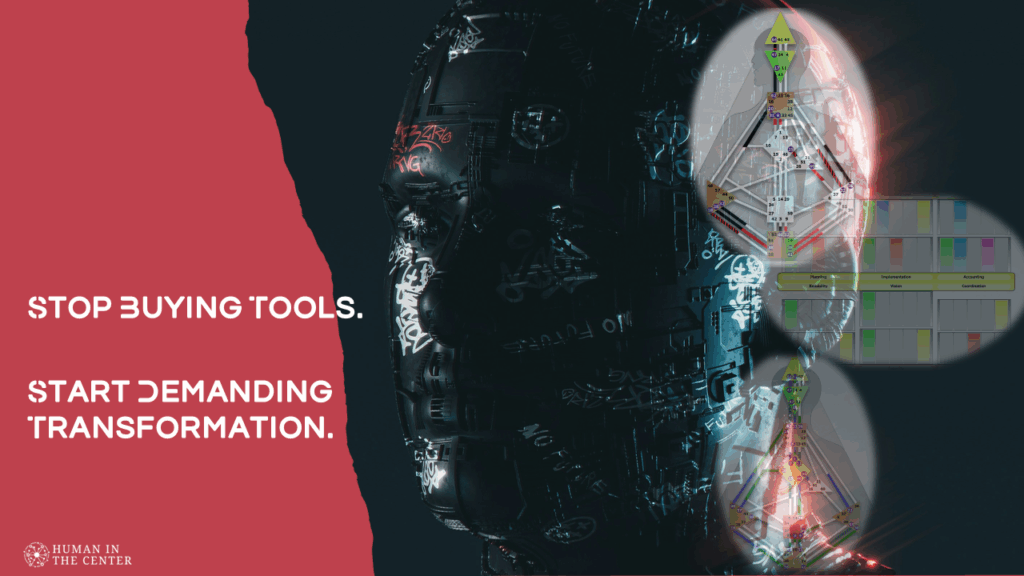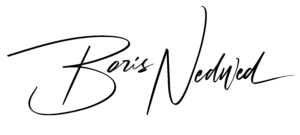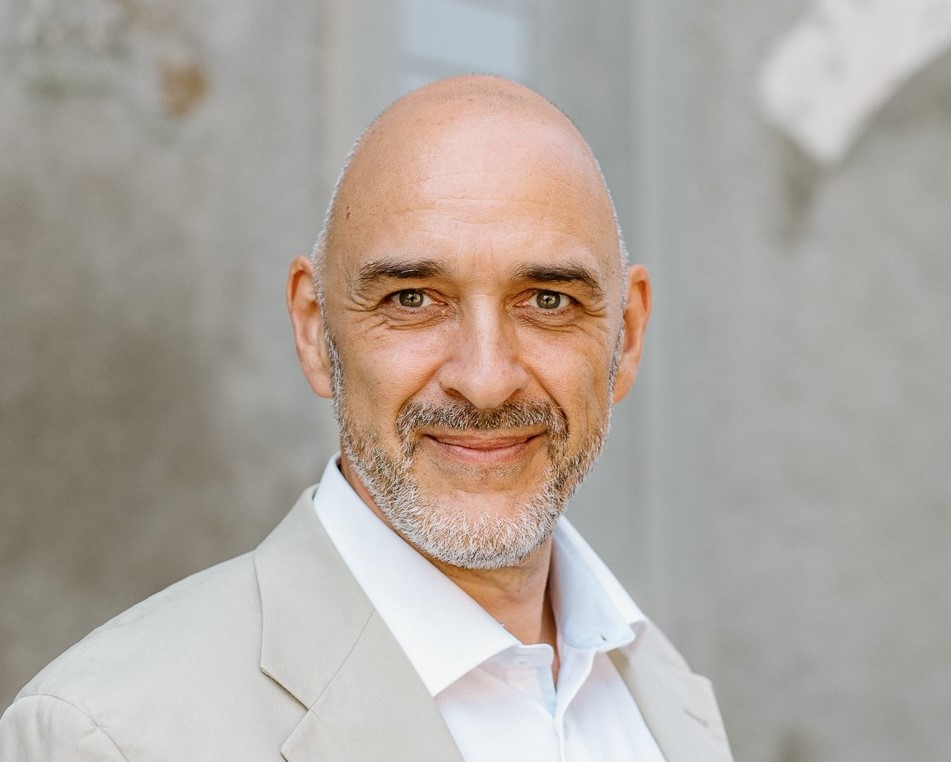Stop Buying Tools! Start Demanding Transformation
Just in the last few weeks, I’ve seen it again and again. “Human Design Leadership Consultants” all over LinkedIn, raving about how brilliant Human Design is to create “magic teams” that supposedly “work ideally together.” Post after post, dripping with empty promises. And here’s the part that makes me shake my head: many of these so-called consultants have likely never even completed proper Human Design training—let alone truly understood their own design. Reading their posts feels like scrolling through text generated by ChatGPT or some AI bot parroting surface-level jargon. Five types, odd decision-making strategies, and plenty of strange, mystical phrases that sound impressive but mean absolutely nothing when tested against what Human Design truly says and business reality. If Ra Uru Hu were still alive, he’d scream. Honestly, I imagine he’s spinning in his grave watching this nonsense boom.

It drives me nuts. And yet, I remind myself of one of NLP’s presuppositions: “Behind every behavior there is a positive intention.” Even when people churn out this hollow content, I have to believe their intention is positive, they want to help, they want to contribute. But intention doesn’t equal impact. And in business, impact is everything.
Human Design, BG5 and OC16 (the business teams applications of Human Design) are tools, not magic pills. They don’t solve anything by themselves.
Tools need mastery. Tools need context. Tools need someone who can wield them effectively. Would you hand a surgeon a scalpel and say: “Good luck, the tool will do the job for you”? Of course not. The scalpel is only as valuable as the skilled hands that guide it.
And here’s where it gets even more complex. Whilst I see people possibly “mastering” their own Human Design, the application of this knowledge into teams is an entirely different level. Small teams (BG5, groups of 3 to 5 people) already demand careful configuration. Larger teams (OC16, groups of 9 and beyond) introduce multi-dimensional complexity. It’s no longer just about knowing yourself. It’s about weaving individuals into a collective system without breaking the wider organizational fabric.
Here’s the paradox (and I will talk Human Design business application jargon now): for small teams of up to 5, you configure for functionality = no gaps. Every role is covered, the engine runs smoothly. But once you scale up to larger teams, the exact opposite is true: you configure for gaps. Why? Because gaps create interdependence. Gaps force teams to collaborate with other teams. Without those gaps, you don’t get collaboration—you get silos.
Let me make it concrete. Say you have a business with 20 employees. Your consultant proudly sets up one BG5 team of 5 that’s “perfect”. No gaps, completely self-sufficient. Sounds brilliant, right? Wrong. That self-contained team will quickly become self-dependent, insular, and unwilling to collaborate with others. In the name of creating “ideal teamwork,” you’ve just created a bigger problem: isolation. And isolation in business kills.
This is the nuance most so-called Human Design Business Consultants miss. They sell you the fantasy of “perfect teams.” But in the messy reality of business, perfection doesn’t scale. Integration does.
The Illusion of the Silver Bullet
Consultants love selling shiny tools. They’ll tell you: BG5 is the answer. Human Design is the answer. This framework, this model, this assessment … this is the answer. But ask yourself:
Do you really want to buy a tool, or do you want to buy results?
Do you want buzzwords, or do you want someone who speaks your business language, helps you to solve your nagging business problem with your people/teams?
Here’s a quick litmus test for you as a business owner, leader, or manager tempted to work with a Human Design Business Consultant: ask them to explain, in their own words, what an S2P process is. Or an OTC process. Then sit back and watch the reaction. Nine times out of ten, it will be hilarious. You’ll quickly find out if they can speak the actual language of business or if they’re just parroting Human Design jargon with no clue how to integrate it into a living, breathing organization.
And if I would be in your shoes as the business owner, I would want to integrate the correct datasets and information that Human Design can provide across the entire Employee Lifecycle. (By the way, that’s yet another term you can ask the consultant to explain: Why and how is the Employee Lifecycle important in business and how your information help us to improve it?) If they can’t answer, you already know you’re not talking to the right person.
And here’s the kicker: if they push back and ask you what your process question has to do with their Human Design “team engineering” work—that’s your signal. That is not the right consultant for you. Let me explain why.
Business is the trinity of people, processes, and tools. If you’re only looking at the people dimension—the Human Design angle—should the other two be neglected? I guess you agree: no. When a consultant can’t help you in process design or tool usage, then what? Do you really want to hire yet another consultant to fill in those gaps? Is that the end-to-end solution you, as a business owner, leader, or manager, actually want? Or do you want someone who can see the whole system, who can integrate all three dimensions into a coherent operating model? Just a question to you.
The executives I work with don’t care about abstract charts. They care about whether their S2P, P2P, or M2I processes actually work. They want to know: Can this consultant explain my processes, my workflows, my bottlenecks? Do they understand what tasks people actually perform to keep the system alive? And—most importantly—can they help me reallocate those tasks so that I can use my people to their intrinsic strengths, reshape my direction, and design processes that are seamless, efficient, and sustainable? That’s the conversation you need to have. Not “What tool do you use?” but “How will you help me re-engineer the way my business breathes?”
The Trap of Charts: Rave and Team Charts Alone Don’t Save You
Let’s talk about the “magic” charts. Rave charts. Team charts. They look impressive—colorful, intricate, and bursting with potential insight. But let’s not fool ourselves: a chart doesn’t solve your business problems. It’s just a map, and like any map, its value depends on the navigator.
A consultant can show you your team’s BG5 Chart, the individuals rave charts, point out channels, energies, and design archetypes—but then what? Unless they know how to embed that insight into your employee lifecycle, into your leadership pipeline, into your end-to-end business processes, it stays a pretty poster on the wall. Insight without integration is noise.
This is where sustainability comes in. To make a Rave Chart or Team Chart usable in your unique business context, the consultant must understand the “holy” Trinity of People, Process, and Tools. Otherwise, it’s theory without traction.
The Business Trinity: People, Process, Tools
Here’s your reality check. Business transformation is never about just one thing. It’s not just people. It’s not just processes. It’s not just tools. It’s all three, in harmony. People + Process + Tools = The Holy Business Trinity.
Buy only the chart, and you’re neglecting two-thirds of the equation. You end up dazzled by colorful diagrams while sidestepping the real questions:
- What if I can’t replace my team?
- What if I can’t hire new people?
- What if I must make it work with the resources I already have?
- Why do these team members having problems?
- Why is this business process causing repetitively delays?
That’s when the conversation shifts. Because now it’s about task reallocation. It’s about fitting functional expertise into the right corner of the process landscape. It’s about mapping tasks into the interconnected web of operations. And it’s about doing this with your unique team, your unique setup, your unique business reality.
Business Example: SAP and the Customization Trap
Here’s where it gets really interesting. Let’s take SAP as a comparative example because it’s a perfect mirror for this conversation about Human Design and BG5 (see, acronyms make it sound even more credible). SAP is a tool. Yeah, a powerful one. It’s one of the most sophisticated enterprise resource planning (ERP) systems in the world. And yet, SAP alone doesn’t solve your problems.
What makes SAP valuable is not the software itself. It’s how you configure it. It’s how you customize it. It’s how you design your business processes inside it. And then, it’s how your people work with it every single day. Bang. There you have it: the business trinity in action.
- Tool: SAP, the ERP system.
- Process: The workflows and process maps you configure and customize to fit your unique business reality (S2P, P2P, OTC, R2R—you name it).
- People: The employees who actually use it to run operations, close books, pay vendors, invoice customers, manage supply chains.
Without process configuration, SAP is just an empty shell. Without trained people, it’s a black box. Without the tool, processes are chaotic spreadsheets. It only works when all three—people, process, and tools—are integrated.
Now ask yourself: if we all understand that about SAP, why do we forget it when it comes to Human Design or BG5? Buying a Human Design chart, or a BG5 team analysis, is like buying SAP off the shelf and expecting it to transform your business without configuration. Impossible. The tool alone doesn’t transform. Integration does. That’s why a Human Design or BG5 consultant who can’t talk to you about processes or tool integration is as useless as an SAP consultant who doesn’t know what a Procure-to-Pay flow is. They’ll leave you dazzled by jargon, but they won’t give you a sustainable, functioning system.
Tools Don’t Solve. Integration Does.
BG5, Human Design, OC16 and many other of these “assessment systems” are tools. Like SAP. Powerful? Absolutely. Transformational by themselves? Never. In a business context, tools only create value when people, processes, and tools operate in coherent lockstep: the business trinity.
Now, my stance—so there’s no confusion and being crystal clear: Human Design is a vital piece of my life. But it only comes alive through what Ra called the experiment. This is not a weekend certification. It’s not about reading a chart and declaring enlightenment. It’s about experiencing what it means for yourself. It’s a lived practice: deconditioning from the shackles of norms and “have‑tos”. It’s about the dispute with yourself, the reflection, the self-experience, before you can even think about applying it to others. Only then does Human Design come alive as a tool. Only then is it ethical, authentic and effective to bring it into teams and organizations.
Applied correctly, the data Human Design provides to a business context can be a magic tool across the Employee Lifecycle. But it works only when all three dimensions—people, process, tools—come together.
Stop Outsourcing Your Soul
If you’re still buying consultant after consultant to “analyze one team after another,” you’re not solving your problem—you’re perpetuating it. You’re outsourcing your soul. What you need instead is a framework you can run yourself, from the very first moment of employee hiring through onboarding, development, management, and leadership. You need something embedded in your employee lifecycle, not bolted on as an afterthought.
This is what forward-looking companies aim for. Not a constant dependence on outsiders, but the ability to integrate people, process, and tools into one coherent system that breathes their culture and drives their strategy.
My Final Word to Executives
You are not a template. Your business is not a template. Your people are not templates. Stop accepting cookie-cutter solutions sold as magic bullets. Stop believing that charts and tools alone will save you. They won’t.
Start demanding consultants who can:
- Speak your business language.
- Understand your process maps.
- Reallocate your resources intelligently.
- Design sustainable, tailored solutions.
- Integrate insights from Rave and Team Charts into your actual operating model.
Because here’s the bottom line: Tools and charts don’t create transformation. People who understand the Holy Trinity—people, process, tools—do.
And if your consultant doesn’t get that? Fire them. Your uniqueness deserves better.
PS: And for all the people that will complain right now: yes, I know my Human Design. Yes, I know where my frustration comes from. Yes, I know this is a not-self theme. And yes, I know that I am working on that with my own decision-making strategy. My design also makes it clear that I am here to serve the collective. And to me, the collective out there includes you—the business owner, the leader, the manager, the decider. My provocation is not personal, it’s service: to prevent you from buying “shitty” services that give you no solutions, only more mess. And yes, teamwork does make a dream work. But let’s be brutally honest: it’s not about teamwork alone. Without process design and the right tools, teamwork becomes chaos disguised as collaboration.
Here are some other posts that I have written to the topic.




Simply lovely… Yes i agree that knowledge is not wisdom, becourse wisdom needs also experience. And than and only that people are able to teach or consult. Great thx.